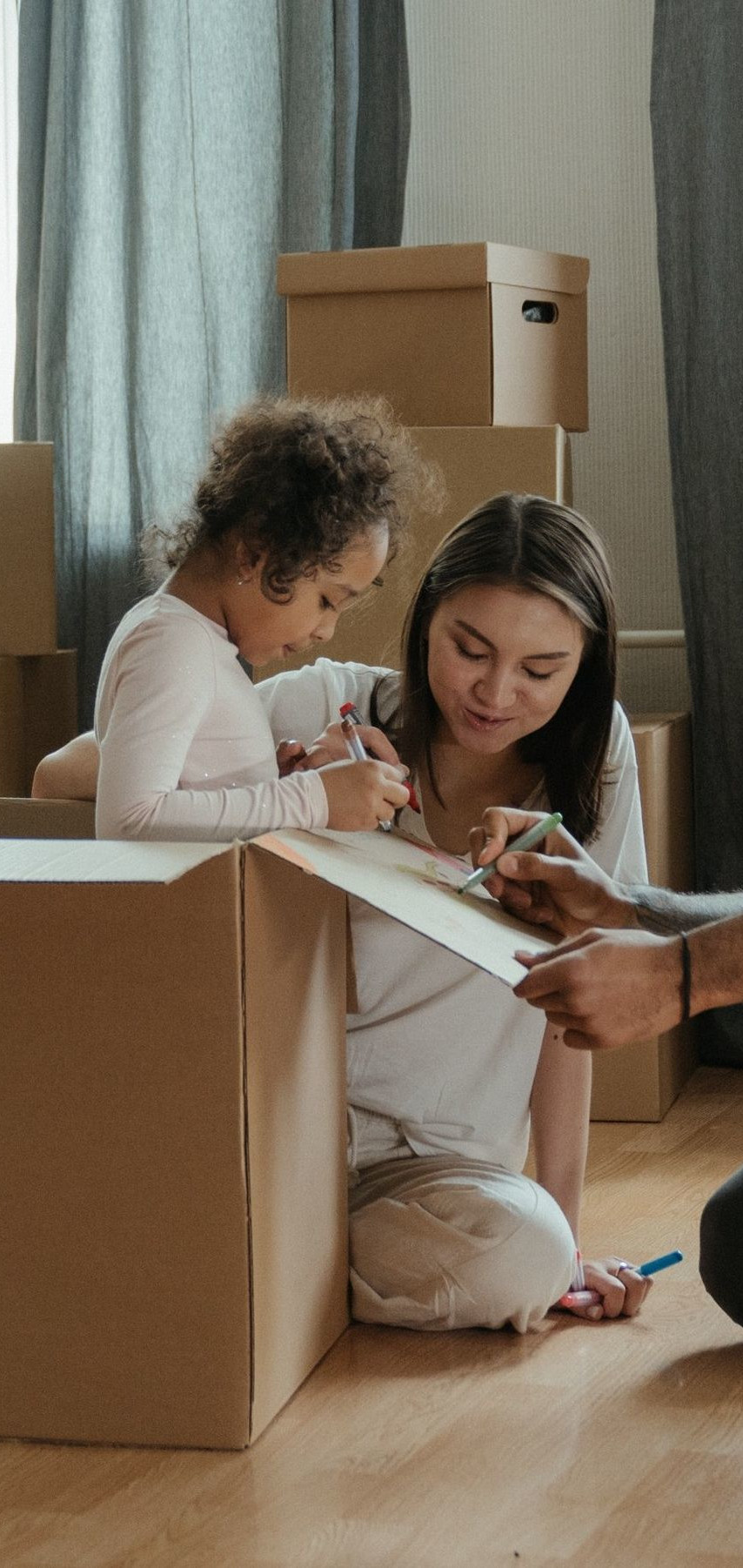
What follows is a list of recommendations (not requirements) for steps you can take to save time, money and stress in preparing for your move.
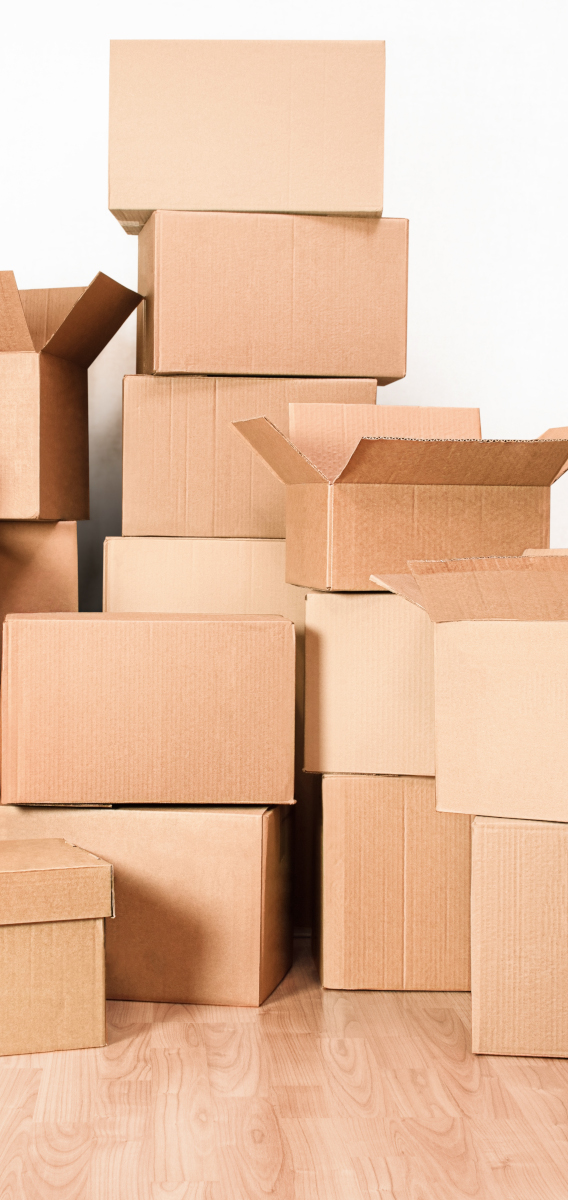
Properly packing your belongings into boxes is the most important — and most time-consuming — part of move preparation. This process alone may take you several days. How well this is done can vastly impact the efficiency and duration of your move.
Do not interlock the flaps when you close the box. Fold them flat and tape them down.
Please ensure boxes are sealed shut and adequately taped on all sides.

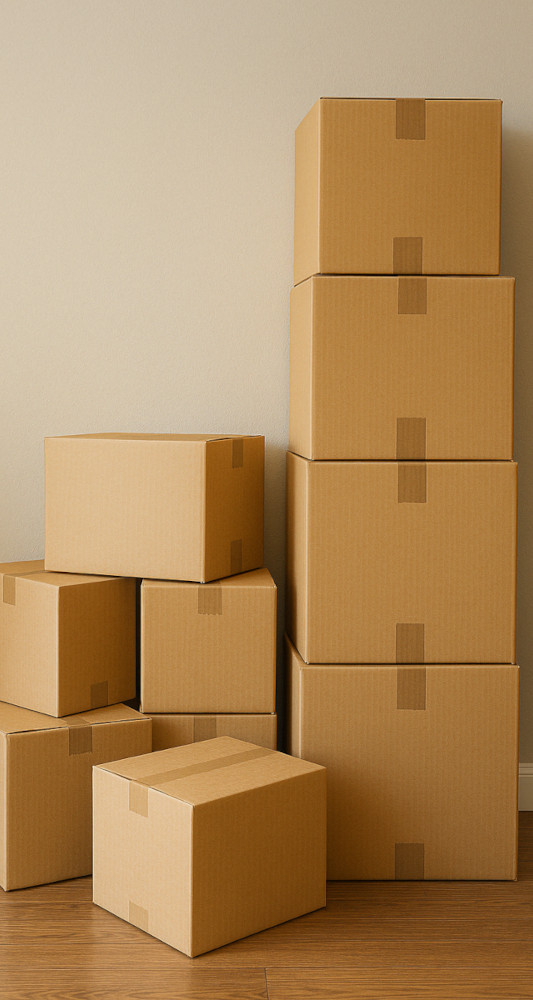
Consider investing in new boxes of a few uniform shapes and sizes rather than reusing old, worn boxes of all shapes and sizes. It is much faster and easier to pack the truck this way. Avoid reusing boxes that are torn or misshapen. Avoid cardboard boxes with lids.
Boxes are strongest and stack most easily when they contain no empty space. If they are bulging or they don't close, they are too full.
Test your box after sealing it. Apply pressure to the top to ensure it can support weight when stacked. Pick it up and shake it. Does it change shape? If so, it is too empty, too full, improperly sealed, or damaged.

Please keep your movers in mind when labelling your boxes. We need to know where it is going, not what is inside. Indicate the room or area of the home where you would like it placed. Be consistent in how you refer to these areas.
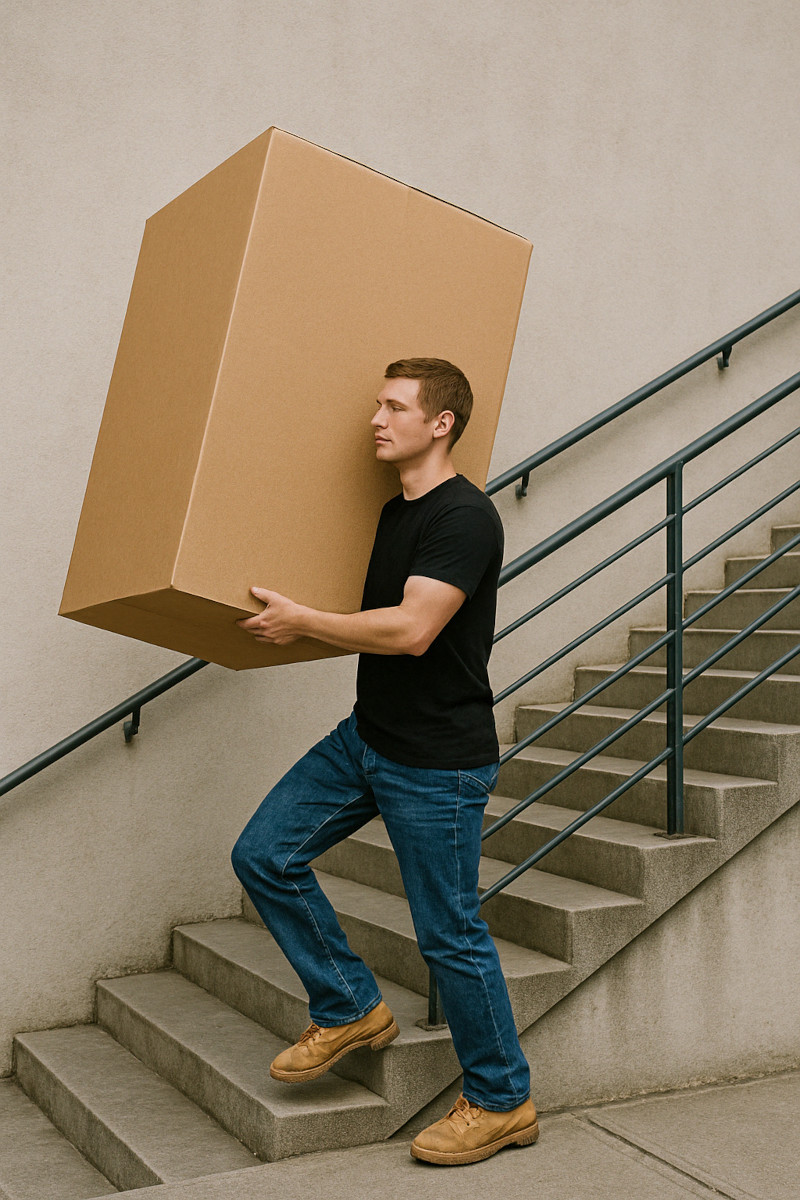
Large/extra-large boxes are ideal for very lightweight items only (blankets, towels, etc.). Please avoid overloading these as they are much slower to move if they require two people to lift them.

Medium boxes are the ideal size for most of your items. They can be carried individually, if heavy, or stacked and carried two at a time. They also stack neatly in the truck, on dollies and in storage spaces.
Small boxes are ideal solely for the heaviest of items (books, your rock collection, dinosaur bones). Avoid large numbers of featherweight boxes.

Very small boxes (e.g. shoe boxes) essentially count as loose items and are to be avoided whenever possible. They are hard to stack and it is difficult to carry an adequate number of them in one go.

Please avoid using a large number of bags. They should make up no more than 20% of your items by volume. Bags cannot be transported efficiently on dollies and they do not stack. For an efficient and cost effective move, it is essential that you invest in boxes.
That said, your soft lightweight items can be packed in bags rather than boxes.
A small number of these can be beneficial when packing the truck as they help us to fill small and irregular spaces.
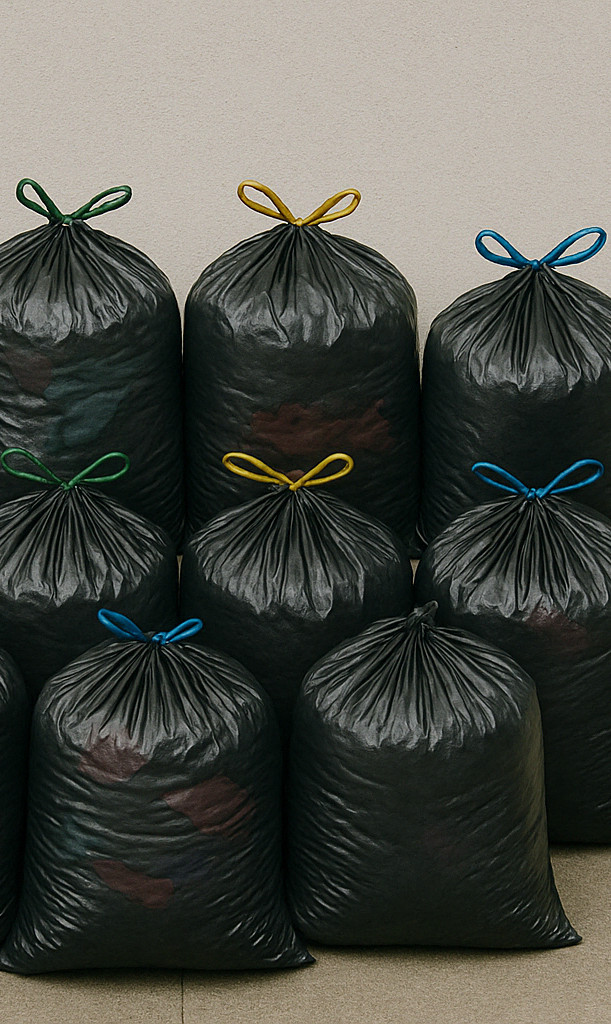
Please ensure that all bags are properly sealed or tied, and contain only soft items. Never pack fragile items in bags. Do not use open grocery bags.
Test your bag after sealing it. Pick it up with one hand and give it a hard shake. Does it tear? If so, your clothing may end up all over the sidewalk.

We must almost always disassemble bed frames for transport. Very few are strong enough to be carried in one piece.
Sofa and table legs must also be removed, as must mirrors mounted onto dressers.
Feel free to leave these tasks to us or to get a head start with them.

Most other items can be transported in one piece.
Avoid disassembling furniture unnecessarily. Carrying and loading one large item is usually faster and easier than dealing with many smaller ones.
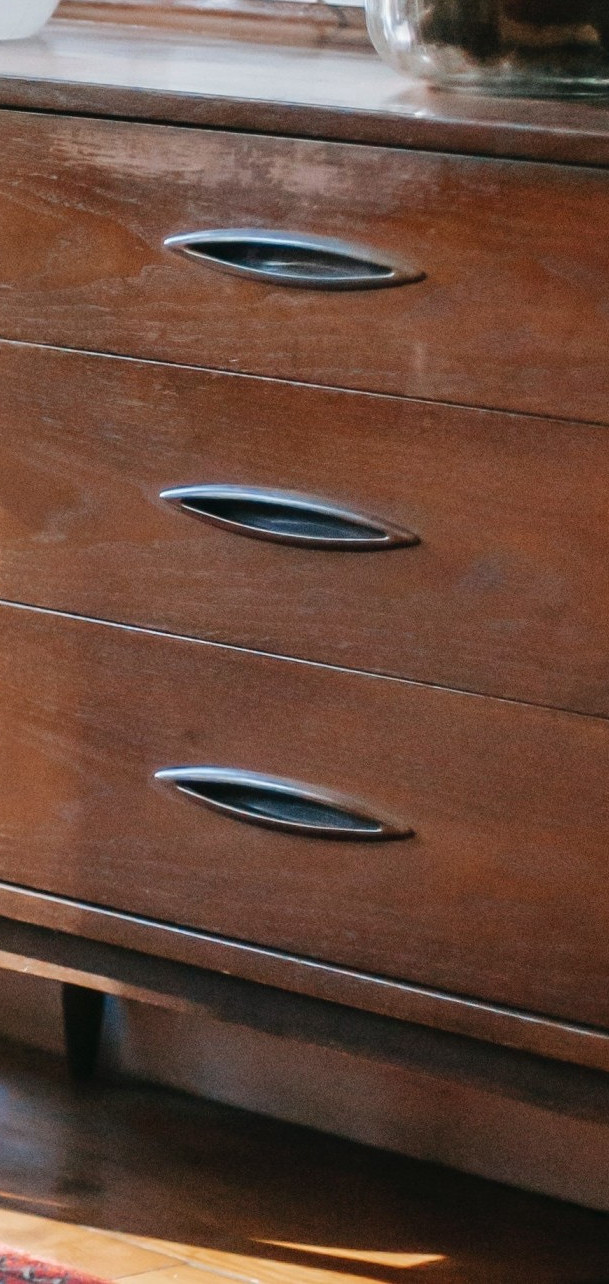
Do not remove drawers from furniture (both the drawers and the unit are at greater risk of damage if transported separately).
Loose drawers are fragile, awkward to carry, and difficult to load — especially if full.

Please make sure all drawers are empty (extra weight can increase the risk of damage to the unit during handling; small items can fall out when the unit is rotated during handling).
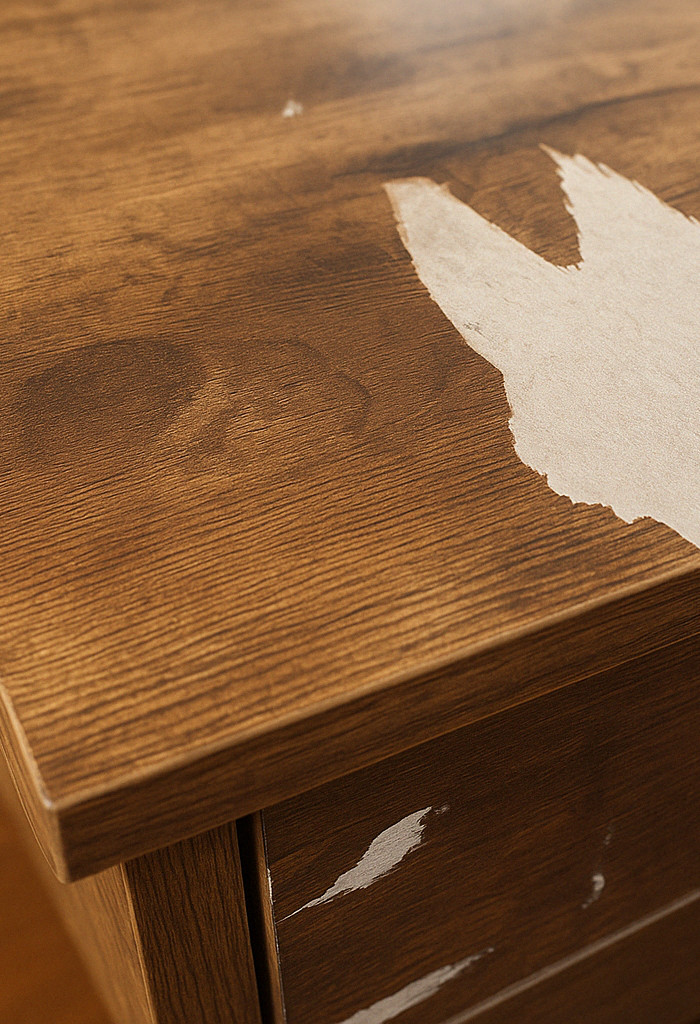
Do not apply tape directly to any finished surface (this can damage the finish when it is removed). Masking tape is safe but not usually strong enough to be useful.
Furniture will be wrapped in blankets with tape applied to the outside, so this step is unnecessary.

Don't bother wrapping TVs, mirrors, glass table tops, or picture frames in bed sheets, thin blankets, or towels.
These need to be wrapped individually using appropriate materials such as heavy moving blankets or bubble wrap (often in combination with cardboard).

If you lack these materials or are unsure of how to go about it, feel free to leave this task to us.
Please make sure we are aware of all fragile items as soon as we arrive so that we can plan to place them appropriately.
If you have a very large number of glass items, please inform us before the day of your move for planning purposes.
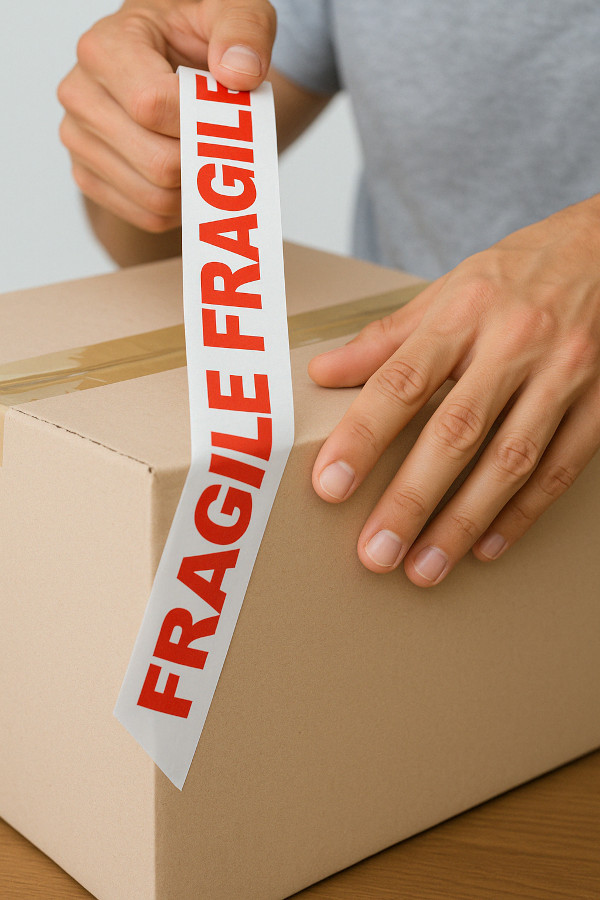
Individually wrap small glass items in newspaper, bubble wrap or equivalent and pack them carefully into boxes. Never allow these items to directly touch each other inside the box. Pack these boxes tightly so that these items cannot move around. Clearly label these boxes as fragile.
Avoid labelling too many boxes as fragile unnecessarily as this can defeat the purpose. All will be treated with reasonable care. We need to know which boxes must be placed in the safest locations in the truck.

Try to minimize the number of small objects not packed in boxes or bags. They are vastly slower to carry and to load.
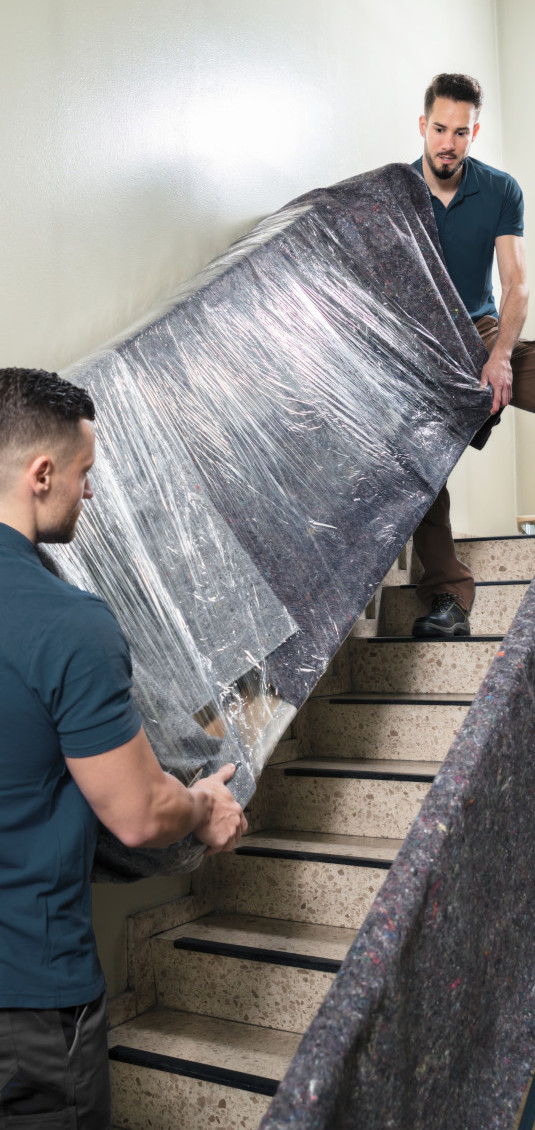
These are the most frequently problematic of all common items of furniture.
If you plan on moving a long sofa consider whether it will be possible to get it into your new home.
Consider low ceilings (especially in elevators and staircases) and narrow hallways especially anywhere we must change directions while carrying it.
Be aware that this can be a major problem with no immediate or inexpensive solution if discovered upon delivery.
If you have any doubts in this regard please contact us to discuss them.
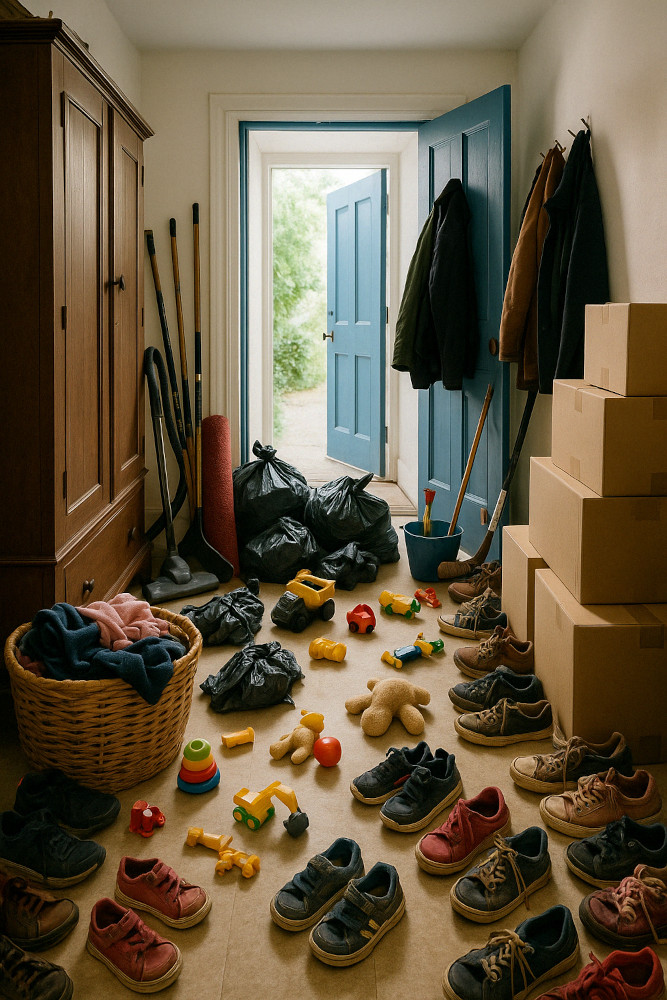
Please make sure hallways are free of obstacles and tripping hazards. Please ensure all furniture and appliances are reasonably clean, empty and free of debris.
For everyone’s safety, please plan to keep children and pets away from the areas where we are working.
If moving to/from an apartment complex, please communicate with the concierge/security ahead of time to find out what the rules are regarding moves, what entrance we are required to use and to reserve the elevator if applicable.
If we must load from the street, then please try your best to reserve as much parking space as possible (a full three car lengths is ideal, but we make do with whatever is available).
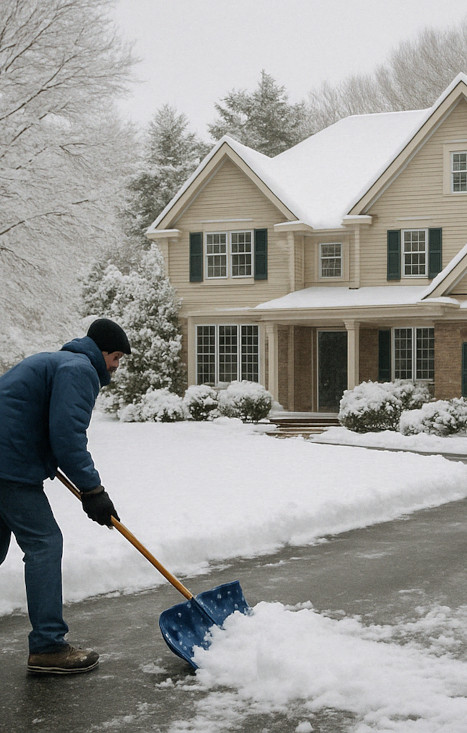
If possible, ensure that the parking area, walkways and outdoor stairs are free of snow and apply road salt before our arrival.